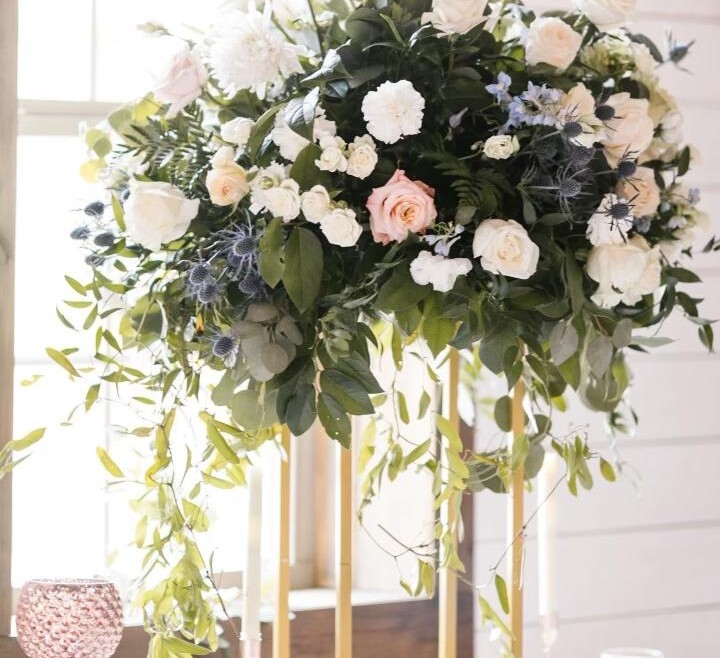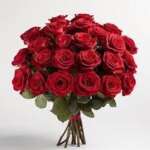Once upon a time, the season in which you chose to have your wedding would significantly impact the available flower options, color schemes, and overall atmosphere of your celebration. However, we now live in a time where all types of flowers can be available almost anytime of the year. Here however, is a brief overview of flowers that are typically grown locally in season for each season:
**Spring (March to May):**
– Popular Flowers: Peonies, tulips, daffodils, lilacs, hyacinths, lilies, ranunculus, sweet peas.
– Color Palette: Pastel shades like blush, peach, lavender, and soft greens.
**Summer (June to August):**
– Popular Flowers: Roses, sunflowers, dahlias, zinnias, hydrangeas, delphiniums, larkspur, peonies (early summer).
– Color Palette: Vibrant and bold colors, including shades of yellow, orange, pink, and blue.
**Fall (September to November):**
– Popular Flowers: Dahlias, chrysanthemums, sunflowers, roses, asters, hydrangeas, marigolds, calla lilies.
– Color Palette: Warm and earthy tones such as burgundy, deep red, orange, and gold.
**Winter (December to February):**
– Popular Flowers: Amaryllis, roses, holly, pine, orchids, anemones, ranunculus.
– Color Palette: Cool tones like whites, creams, deep reds, and touches of metallic accents.
When planning your wedding, if you are wanting locally sourced florals, it’s essential to consider the availability and seasonal nature of your preferred flowers. Consult with your wedding florist to ensure that your chosen blooms are readily available, as this can help with budgeting and ensure the freshest and most beautiful arrangements. In the last 5 years there has been a resurgence of flower farms. Keep in mind that while certain flowers may be available year-round due to greenhouse cultivation, choosing seasonal blooms grown close to you can add a special touch and a connection to the time of year you’re celebrating.








